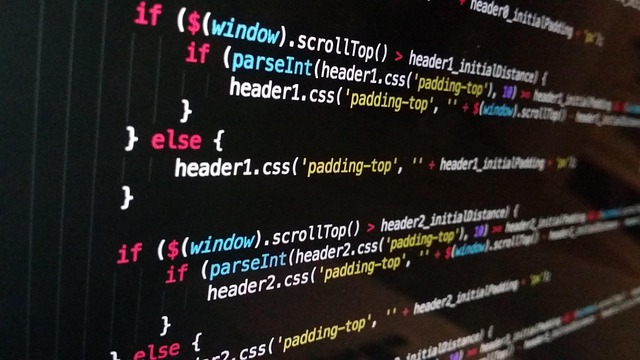Full Stack Development Courses: Curriculum and Outcomes
Full stack development courses introduce the range of skills needed to build complete web applications, from user interface to server and database layers. These courses can suit learners transitioning into tech, developers expanding their skill set, or students looking to understand how front-end and back-end systems interact. Expect a mix of hands-on projects, theoretical concepts, tooling, and exposure to common languages and frameworks used in modern web environments.

What does coding cover in these courses?
Coding modules in full stack courses typically focus on foundational concepts such as syntax, control flow, data structures, and debugging techniques. Learners practice writing clean, maintainable code in languages commonly used for web applications—often JavaScript for front end and either JavaScript (Node.js), Python, Ruby, Java, or C# for back end. Emphasis is placed on practical exercises: building small apps, reading and modifying codebases, and using version control (Git). Courses often include unit testing and basic performance considerations to help students produce reliable, production-ready code.
How is programming taught to beginners?
Programming instruction in these courses balances theory with applied tasks to help beginners gain confidence. Instructors typically introduce core principles—variables, functions, object-oriented or functional paradigms—then move to hands-on labs where students write and run programs. Many programs use incremental projects that grow in complexity, reinforcing concepts through repetition and immediate feedback. Pair programming, code reviews, and mentorship are common features that accelerate learning. For those with limited time, modular lessons and self-paced tracks allow learners to revisit topics as needed while tracking progress through assessments and project milestones.
What web development skills will you learn?
Web development sections focus on the visible parts of applications—HTML, CSS, and JavaScript—plus contemporary frameworks and libraries such as React, Vue, or Angular. Students learn responsive design, accessibility basics, client-side state management, and interactions with APIs. On the back end, instruction covers RESTful services, authentication, database integration (SQL and NoSQL), and server deployment. Full stack courses emphasize how front-end and back-end components communicate, teaching how to design APIs, handle errors, and optimize client-server interactions for speed and scalability.
How do full-stack development tracks differ?
Full-stack development tracks vary by depth, focus, and delivery model. University programs often include broader computer science foundations—algorithms, operating systems, and theory—while bootcamps concentrate on rapid, employable skill acquisition with intensive project work. Online self-paced courses can be flexible, offering modular certificates and platform-specific paths. Differences also appear in tech stacks: some tracks prioritize JavaScript ecosystems end-to-end, whereas others combine Python or Java with front-end frameworks. When selecting a track, consider time commitment, expected outcomes (portfolio vs. degree), and whether mentorship or career services are included.
How does education format affect learning?
The education format—in-person, live-online, or self-paced—impacts learning dynamics and outcomes. In-person classes and live-online cohorts often provide structured schedules, real-time feedback, and networking opportunities with peers and instructors. Self-paced courses provide flexibility, suitable for working professionals, but require stronger self-discipline and planning. Project-based curricula benefit learners by producing demonstrable work for portfolios; assessment styles may include code reviews, timed challenges, or capstone projects. Look for courses that balance guided instruction with independent problem-solving to build practical experience and resilience in troubleshooting.
Conclusion
Full stack development courses cover a broad spectrum of coding and programming skills, combining web development front-end interfaces with back-end systems and databases. Programs differ by curriculum depth, delivery method, and focus on projects or theory, so prospective learners should match options to their goals—whether building a portfolio, gaining employment, or deepening technical foundations. Regardless of the format, consistent practice, real projects, and exposure to version control and deployment workflows are central to developing the competencies that full-stack development demands.






